
Apple introduced the Lightning port in September 2012 with the launch of the iPhone 5. The connector was a significant change from the previous 30-pin connector used in Apple devices, offering a smaller, more efficient connection that could be inserted either way up, enhancing ease of use.
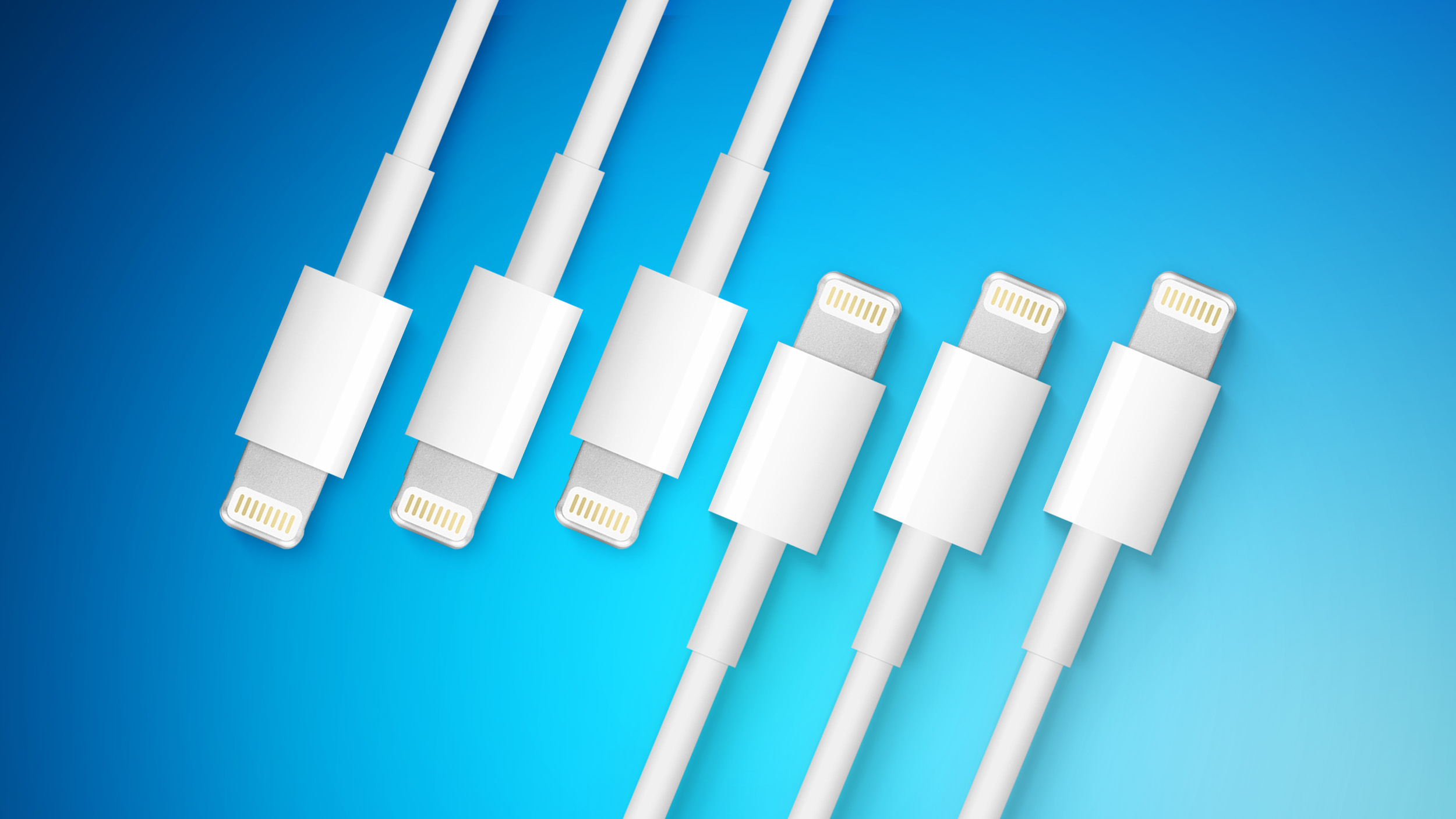
In September 2023, over a decade later, Apple caught up with the rest of the industry and removed the Lightning port from its flagship iPhone 15 series, replacing it with USB-C, the widely adopted standard used in electronics for connectivity and charging.
And yet the Lightning port lives on in a variety of hardware still sold by Apple. We've compiled this list of Lightning products in one place so you won't be surprised when your USB-C to USB-C cables don't fit your new purchase.
iPhone SE (2022)
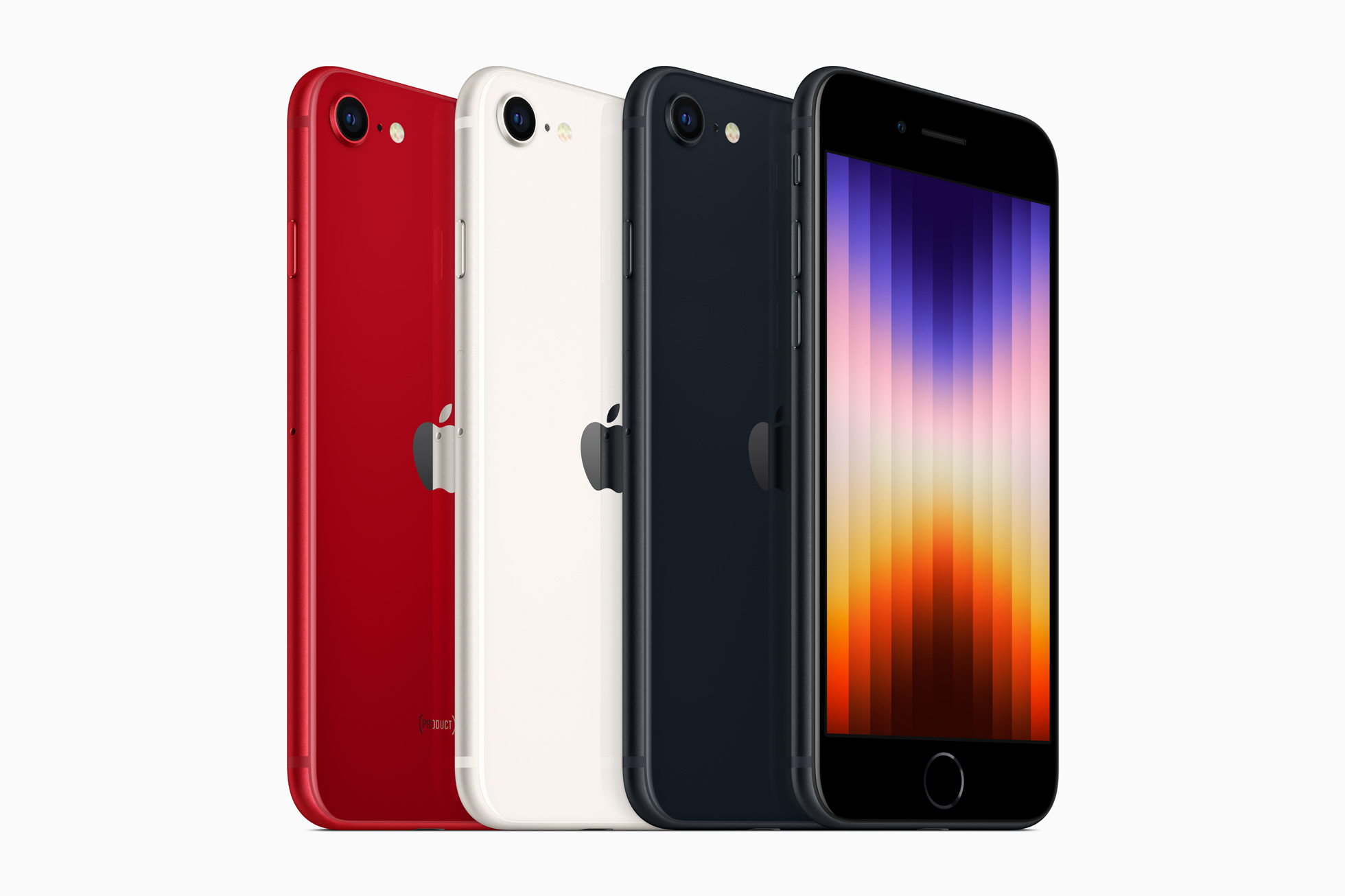
Apple introduced the third-generation iPhone SE in March 2022. The $429 iPhone comes with an A15 Bionic chip, 5G connectivity, and Touch ID for those who prefer a Home button. And a Lightning port.
iPhone 13
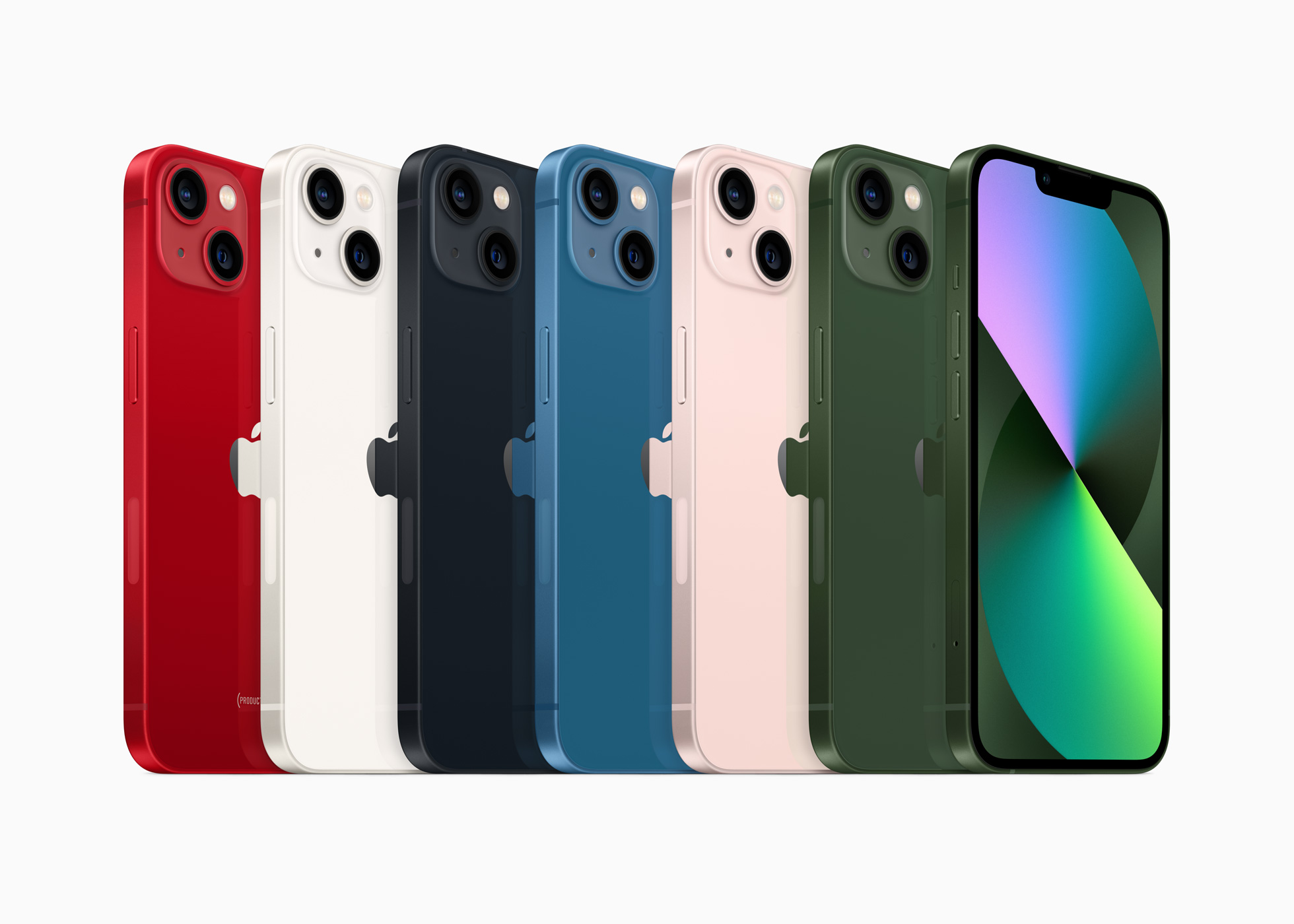
In 2021, Apple unveiled the iPhone 13 as the successor to the popular iPhone 12, with improved rear cameras, longer battery life, the A15 Bionic chip, and more. It starts at $599, Lightning port included.
iPhone 14 and iPhone 14 Plus
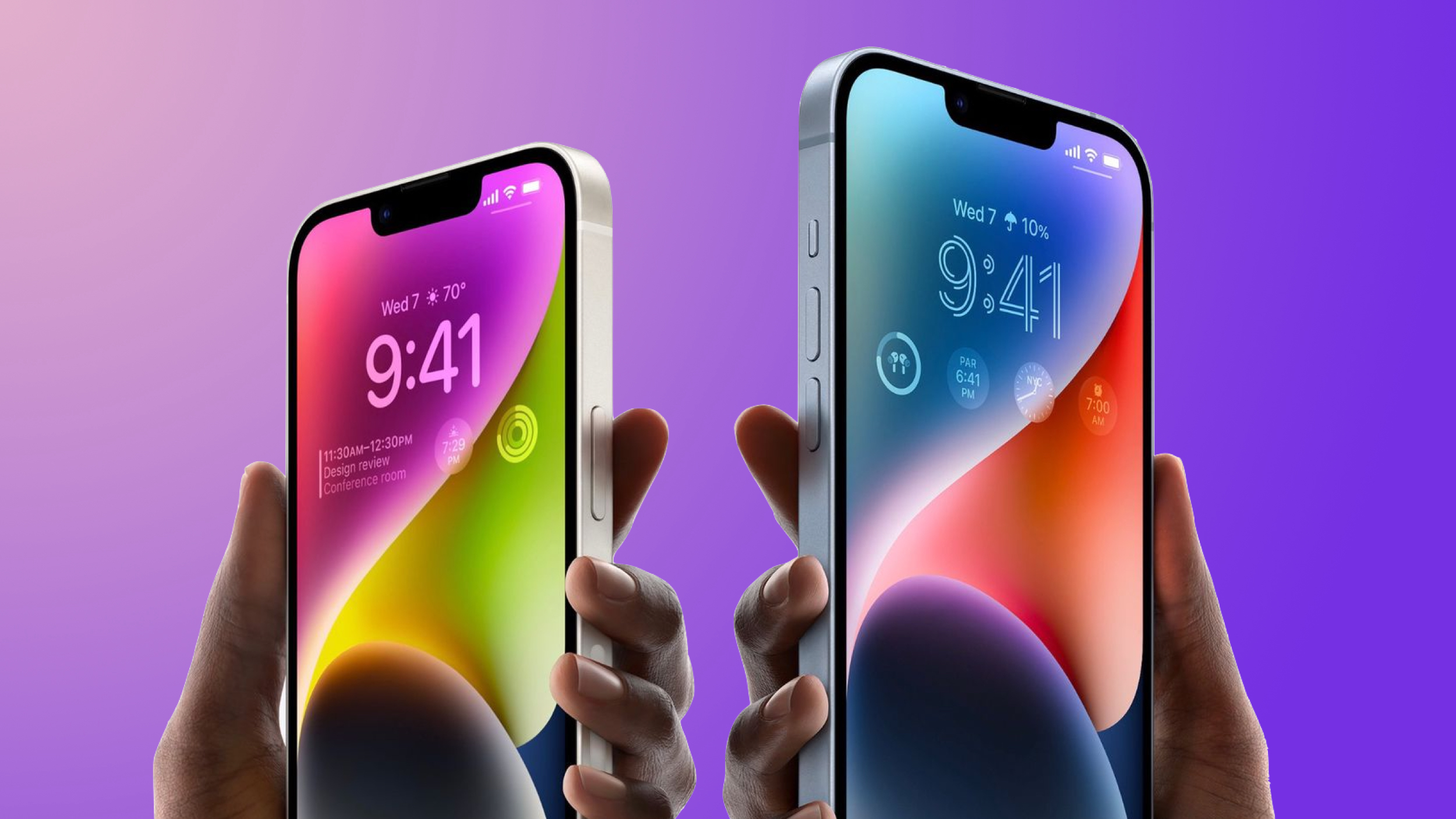
The iPhone 14 now sits in the middle of Apple's iPhone lineup below the iPhone 15 and iPhone 15 Pro, but above the iPhone SE and iPhone 13. The iPhone 13 starts at $599, and is still highly capable for everyday use, if you love Lightning ports. The iPhone 14 and iPhone 14 Plus are priced at $699 and $799, respectively.
iPad (9th generation)
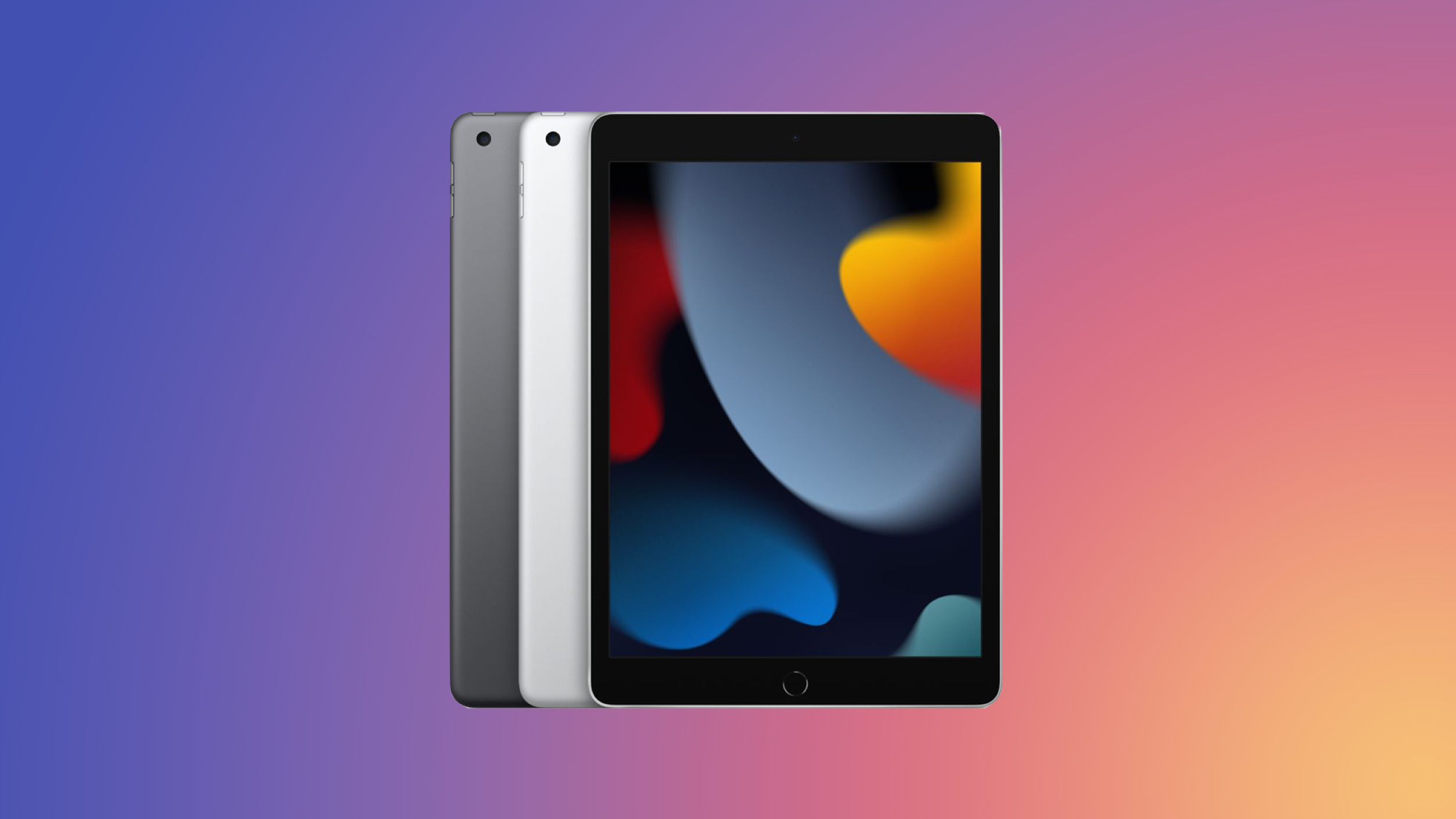
A lower-priced alternative to the latest 10th-generation iPad, the ninth-generation iPad has remained on sale since September 2021 and goes for $329 - $120 less than its successor. This device sports the A13 Bionic chip and an older design with a smaller display, but the Lightning port is the same size.
AirPods Max
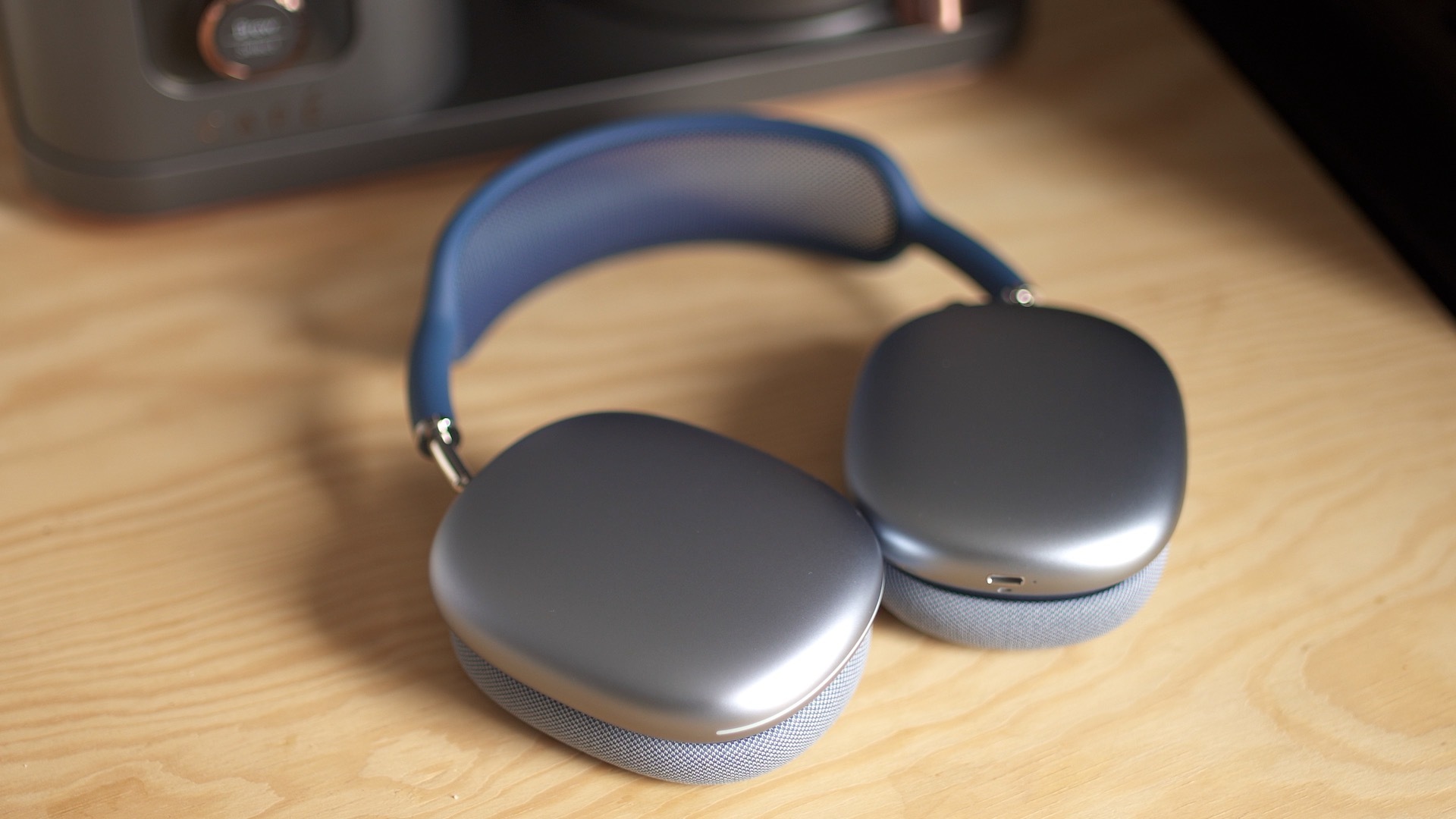
Introduced in December 2020, the AirPods Max have now been in Apple's product lineup for three years. Apple is expected to replace the Lightning port for USB-C to comply with European regulations and for consistency across its AirPods lineup, but not until late 2024. Staying retro until then, but in a high-tech way.
Apple Pencil (1st generation)
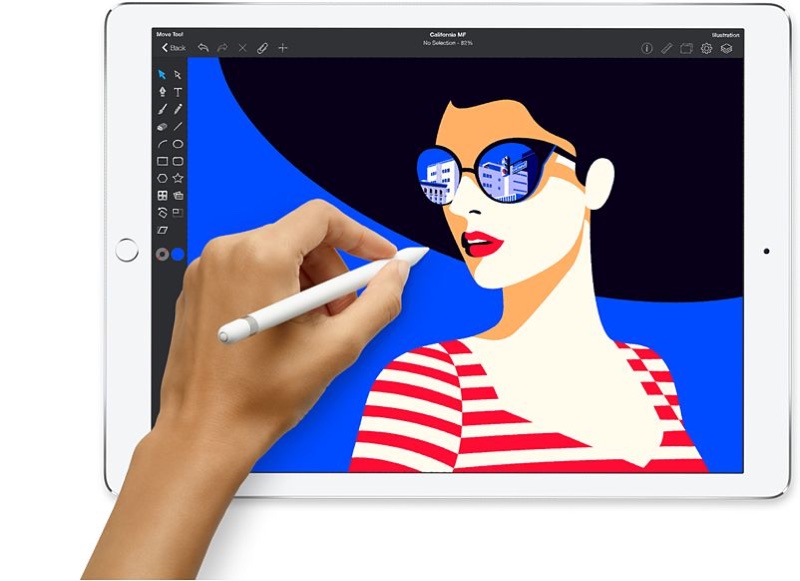
There are three versions of the Apple Pencil that Apple still sells. This first version was released in 2015, the second version was released in 2018, and the third version was released in 2023. The first-generation has a Lightning adapter and charges by plugging into a lightning port on either an iPad or a charging adapter, the second-generation Apple Pencil charges wirelessly, but the latest Apple Pencil has a futuristic USB-C port.
Magic Keyboard

The Magic Keyboard is sold in several variations by Apple, and all with a Lightning port for charging and connectivity. Even the newly announced M3 iMac is still accompanied by a Magic Keyboard with a Lightning port for pairing and charging, rather than USB-C as rumored.
Magic Mouse
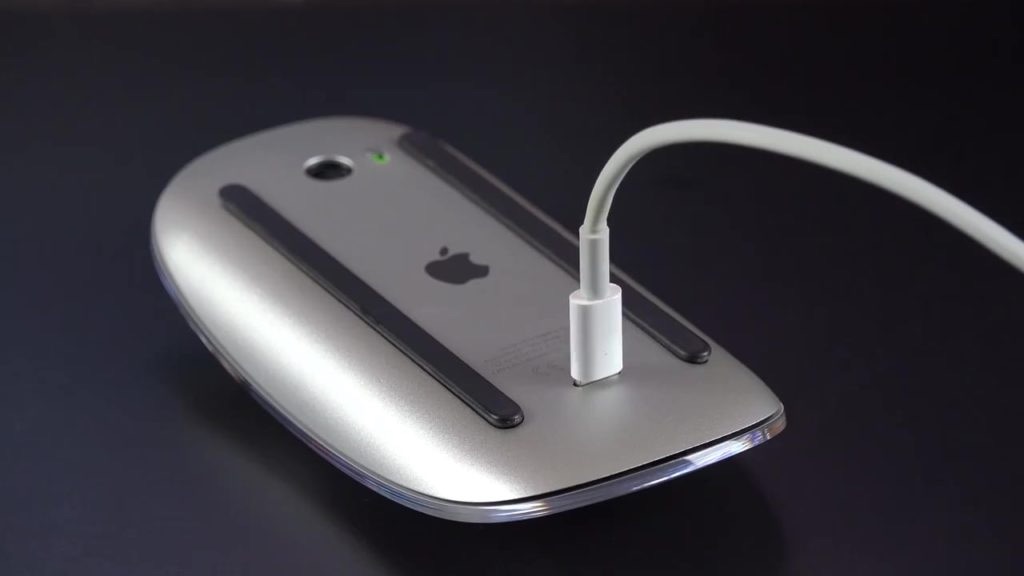
The only mouse that insists on doing a backflip to recharge. It's almost a joke, but the $99 Magic Mouse still retains the clownish Lightning port on the underside. It's pretty amazing Apple still has this thing around, and is even prepared to ship new iMacs with one.
Magic Trackpad
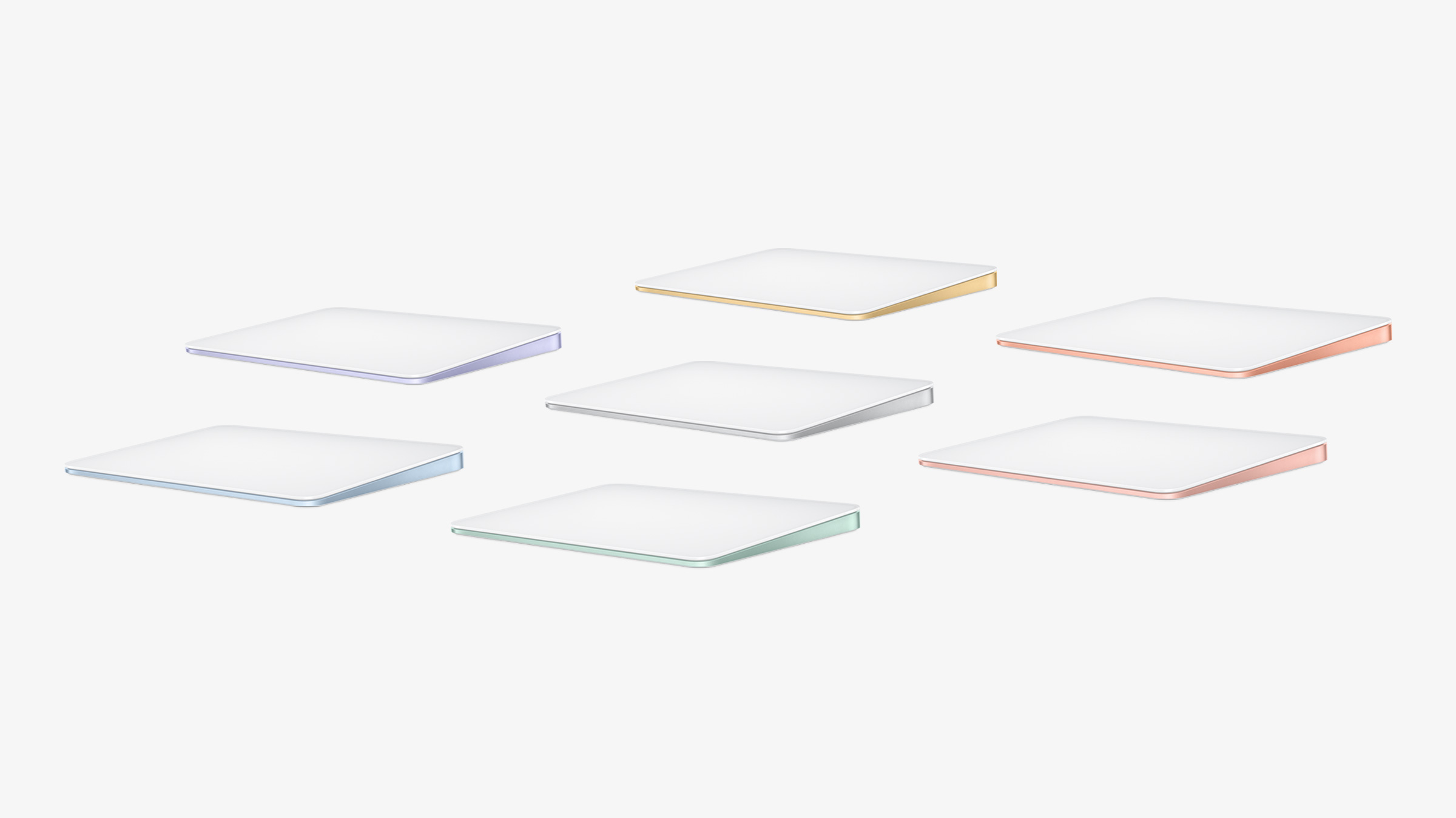
Surprisingly, a Magic Trackpad with USB-C is still a fantasy. Technically, you could always buy a MacBook, but that works out pricier.
Cables and Adapters
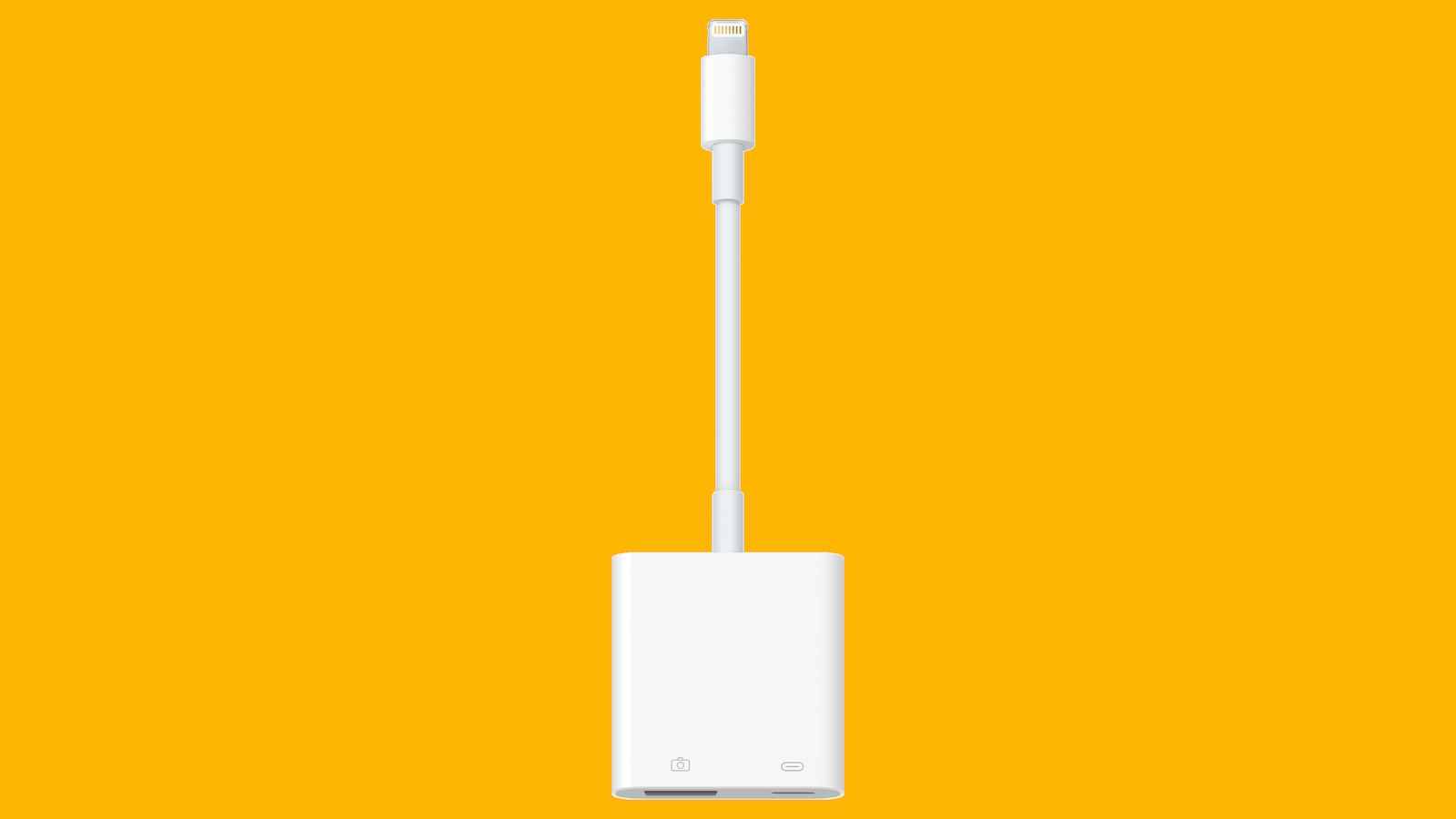
Apple also sells a variety of cables and adapters that feature Lightning connections and ports, so keep an eye out if you're shopping Apple's accessories for your legacy devices.
Article Link: All the Hardware Apple Still Sells With a Lightning Port
Last edited:

